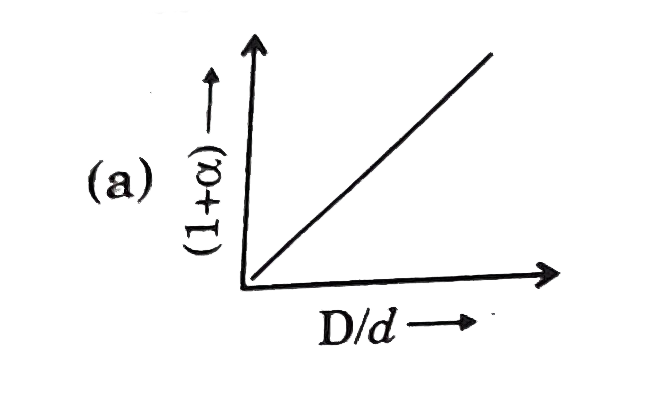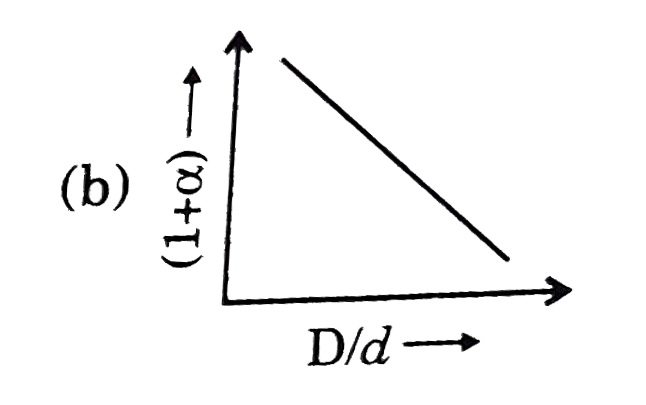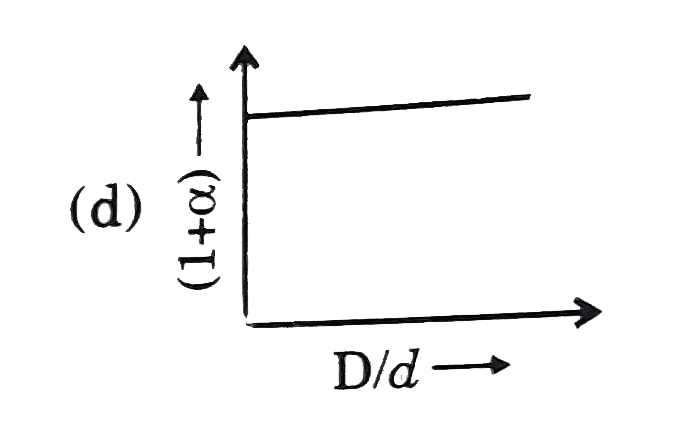Vapour density
A
decreases with incease in temperature
B
increases with increase in temperature
C
does not change with change in temperature
D
may increase or decrease with change in temperature
Video Solution
Text Solution
The correct Answer is:C
See 'A' level information
|
Topper's Solved these Questions
- STATE OF MATTER (GASEOUS AND LIQUID STATE)BOOK - DINESH PUBLICATIONCHAPTER - STATE OF MATTER (GASEOUS AND LIQUID STATE)EXERCISE - Assertion Reason
20 Videos
- S-BLOCK ELEMENTS (ALKALI AND ALKALINE EARTH METALS )BOOK - DINESH PUBLICATIONCHAPTER - S-BLOCK ELEMENTS (ALKALI AND ALKALINE EARTH METALS )EXERCISE - Assertion reason
12 Videos
- STATES OF MATTER (SOLID STATE CHEMISTRY)BOOK - DINESH PUBLICATIONCHAPTER - STATES OF MATTER (SOLID STATE CHEMISTRY)EXERCISE - ULTIMATE PREPARATORY PACKAGE
21 Videos
Similar Questions
Knowledge Check
(A) Vapour density of sulphur vapour relative in oxygen is 2 because sulphur atom is twice as heavy as that of oxygen atom.
(R) Vapour density depends upon the molecular state of the substance in vapour state.AIf both (A) and (R) are correct and (R) is the correct explanation of (A).BIf both (A) and (R) are correct but (R) is not the correct explanation of (A).CIf (A) is correct but (R) is wrong.DIf (A) is wrong but (R) is correct.In the dissociation of N2O4 into NO2.(1+x) values with the vapour densities ratio (Dd) is given by :
A B
B C
C D
D
The vapour densities of two gases are in the ratio of 1:3 . Their molecular masses are in the ratio of : -
A1:3B1:2C2:3D3:1
The vapour densities of two gases are in the ratio of 2 : 5 Their molecular masses are in the ratio of -
View SolutionIn the dissociation of N2O4 into NO2.(1+x) values with the vapour densities ratio (Dd) is given by :
View SolutionAmmonium carbamate when heated to 200∘C gives a mixture of NH3 and CO2 vapours with a density of 16.0. What is the degree of dissociation of ammonium carbamate? (Given vapour density of ammonium carbamate is 48)
View Solution
